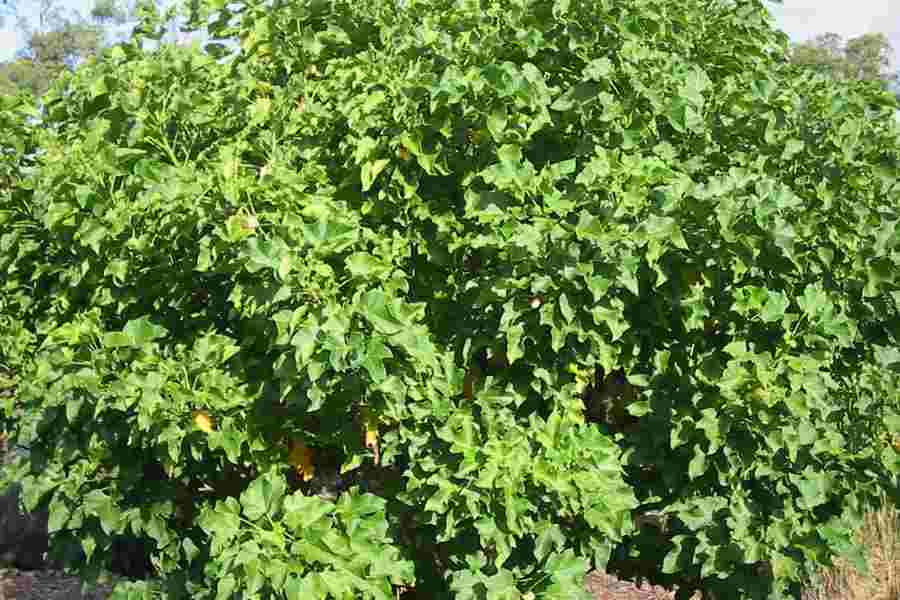
Mission Biofuels India Private Ltd
Overview
-
Lavori pubblicati 0
-
Visualizzati 156
Descrizione azienda
Jatropha a Viable Alternative Renewable Energy
Constantly the biodiesel market is trying to find some option to produce renewable resource. Biodiesel prepared from canola, sunflower and jatropha can change or be combined with traditional diesel. During first half of 2000’s jatropha biofuel made the headlines as an incredibly popular and appealing alternative. It is prepared from jatropha curcas, a plant species belonging to Central America that can be grown on wasteland.
Jatropha Curcas is a non edible plant that grows in the deserts. The plant grows extremely quickly and it can yield seeds for about 50 years. The oil obtained from its seeds can be used as a biofuel. This can be blended with petroleum diesel. Previously it has actually been utilized twice with algae mix to sustain test flight of airlines.

Another positive approach of jatorpha seeds is that they have 37% oil content and they can be burned as a fuel without refining them. It is also used for medical function. Supporters of jatropha biodiesel say that the flames of jatropha oil are smoke complimentary and they are successfully evaluated for easy diesel motor.
Jatropha biodiesel as Renewable resource Investment has brought in the interest of numerous business, which have actually checked it for vehicle use. Jatropha biodiesel has been road evaluated by Mercedes and 3 of the automobiles have covered 18,600 miles by utilizing the jatropha plant biodiesel.
Since it is since of some downsides, the jatropha biodiesel have not considered as a fantastic renewable resource. The most significant problem is that no one understands that exactly what the efficiency rate of the plant is. Secondly they do not know how large scale cultivation might affect the soil quality and the environment as a whole. The jatropha plant requires 5 times more water per energy than corn and sugarcane. This raises another problem. On the other hand it is to be kept in mind that jatropha can grow on tropical environments with annual rainfall of about 1000 to 1500 mm. A thing to be kept in mind is that jatropha needs proper irrigation in the first year of its plantation which lasts for .
Recent study states that it is real that jatropha can grow on abject land with little water and poor nutrition. But there is no evidence for the yield to be high. This may be proportional to the quality of the soil. In such a case it might require high quality of land and may need the very same quagmire that is dealt with by the majority of biofuel types.
Jatropha has one main drawback. The seeds and leaves of jatropha are toxic to human beings and livestock. This made the Australian federal government to ban the plant in 2006. The federal government stated the plant as intrusive types, and too dangerous for western Australian agriculture and the environment here (DAFWQ 2006).
While jatropha has promoting budding, there are variety of research study challenges remain. The significance of cleansing has to be studied due to the fact that of the toxicity of the plant. Along side a methodical research study of the oil yield need to be undertaken, this is very crucial because of high yield of jatropha would most likely needed before jatropha can be contributed significantly to the world. Lastly it is likewise extremely essential to study about the jatropha types that can endure in more temperature climate, as jatropha is quite restricted in the tropical environments.
